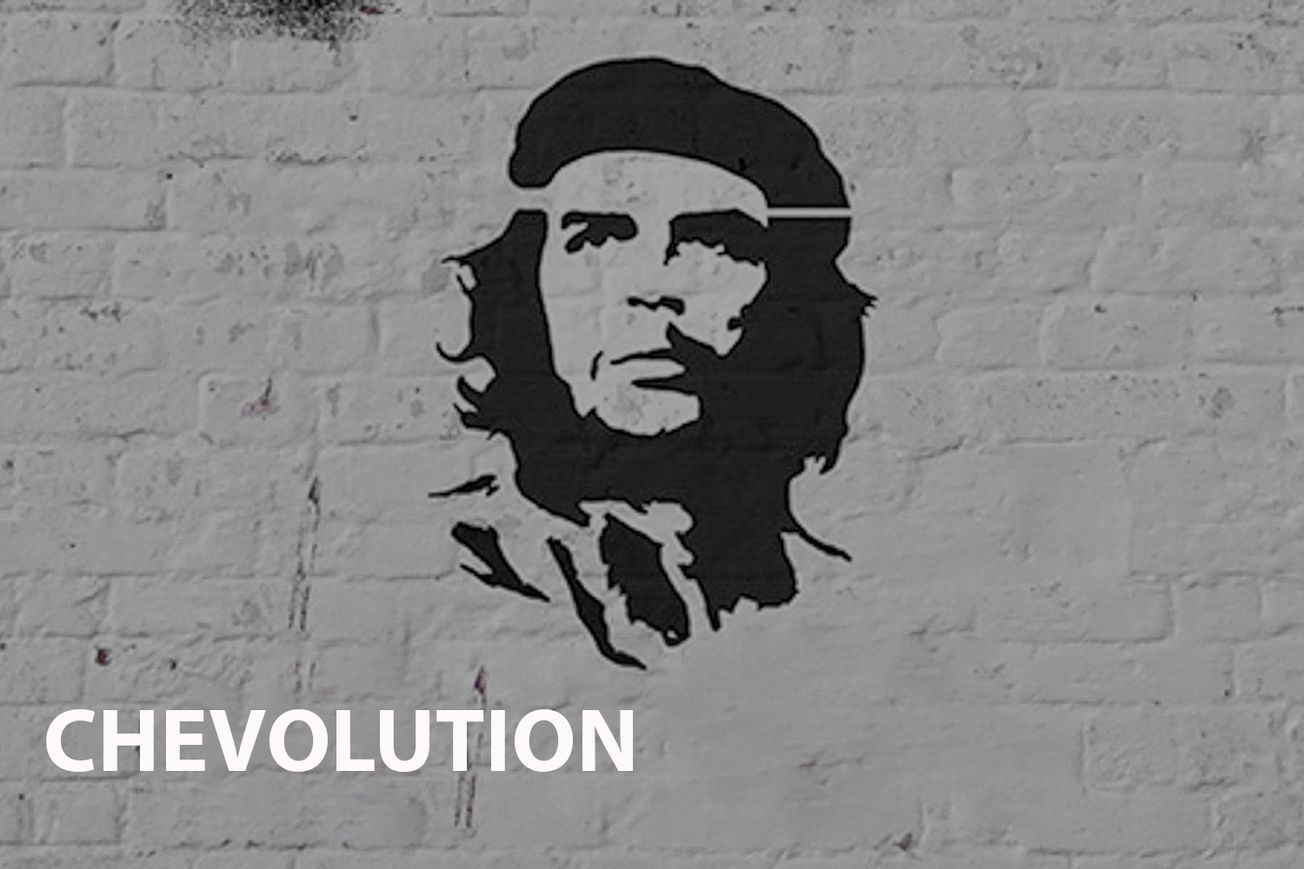Keywords: Che Guevara, Iconography, Photography, Politics, Art, Commerce, Revolution, Merchanidse, Commercialisation
Introduction:
Chevolution, a documentary by directors Luis Lopez and Trisha Ziff, released in 2008, delves deep into the iconography of Che Guevara. As the face of revolution and counterculture, Che Guevara's image remains relevant even today, symbolizing rebellion, freedom, and political change.
Synopsis:
Chevolution explores the journey of the famous photograph of Che Guevara, dubbed "Guerrillero Heroico," from its inception to becoming one of the world's most reproduced images. This documentary navigates the fine line between art, politics, and commerce.
More film analysis
Analysis:
The documentary adopts an investigative approach to unravel the story behind the iconic image of Che Guevara. It dives deep into the context of the photograph, the photographer, Alberto Korda, and the global impact of this image. The film commendably balances facts with interpretations, offering a comprehensive exploration of the subject.
Historical and Factual Context:
Guevara's image became a symbol of rebellion and counterculture in the 1960s, a turbulent time marked by various civil rights movements and anti-war protests. It remains a potent symbol even today, appearing on various merchandise and protest banners.
Key themes in the film:
- The Power of Images: The documentary underscores the significant role images play in shaping public perception.
- Interplay of Art, Politics, and Commerce: It delves into the intricate relationship between these three aspects.
- The Notion of Revolution: The film explores the concept of revolution, both in the context of Che Guevara and the broader societal sense.
Film Comparisons:
Unlike other documentaries that focus on Che Guevara's life and ideology, Chevolution emphasizes the power of a single photograph and its global impact, making it a unique watch on iWonder.
Noteworthy Moments:
The documentary reveals that Alberto Korda never received royalties for the photograph, which added another layer to the story of exploitation and commercialisation.
Reviews:
Audiences and critics appreciated Chevolution for its in-depth exploration of a single image's power. The documentary holds an IMDB rating of 6.5 and has received nominations for its intriguing narrative.
Conclusion:
Chevolution offers a fascinating exploration of the intersection of art, politics, and commerce. It is a must-watch for those interested in photography, history, and political science.
More film information
Awards: 1 nomination: International Documentary Association
PERSONALITIES:
Che Guevara: The iconic face in the photograph.
Alberto Korda: The photographer who captured the famous image.
LOCATIONS:
Cuba: The place where the photograph was taken.
Global locations: Various places where the image has been reproduced and used.
Links for further exploration
- Che Guevara's Biography on Britannica: https://www.britannica.com/biography/Che-Guevara
- The Story Behind Che's Iconic Photo: https://en.wikipedia.org/wiki/Guerrillero_Heroico
Key Questions Raised by the Film:
Can a photograph truly capture the essence of a person or a revolution?
I wonder what the film would be in another art form:



Book: "1984" by George Orwell – both highlight the power of images and symbols in shaping public perception.
Song: "Revolution" by The Beatles – the song and the film both discuss the concept of revolution.
Art: Picasso's "Guernica" – both depict the harsh realities of war and rebellion.
Celebrity: Banksy – just as Banksy's art is provocative and politically charged, so is the subject of this documentary.
Colour: Red – symbolizing revolution and rebellion, much like Che's image.
Music Style: Punk rock – known for its rebellious spirit and counterculture essence, much like the themes explored in the film.








